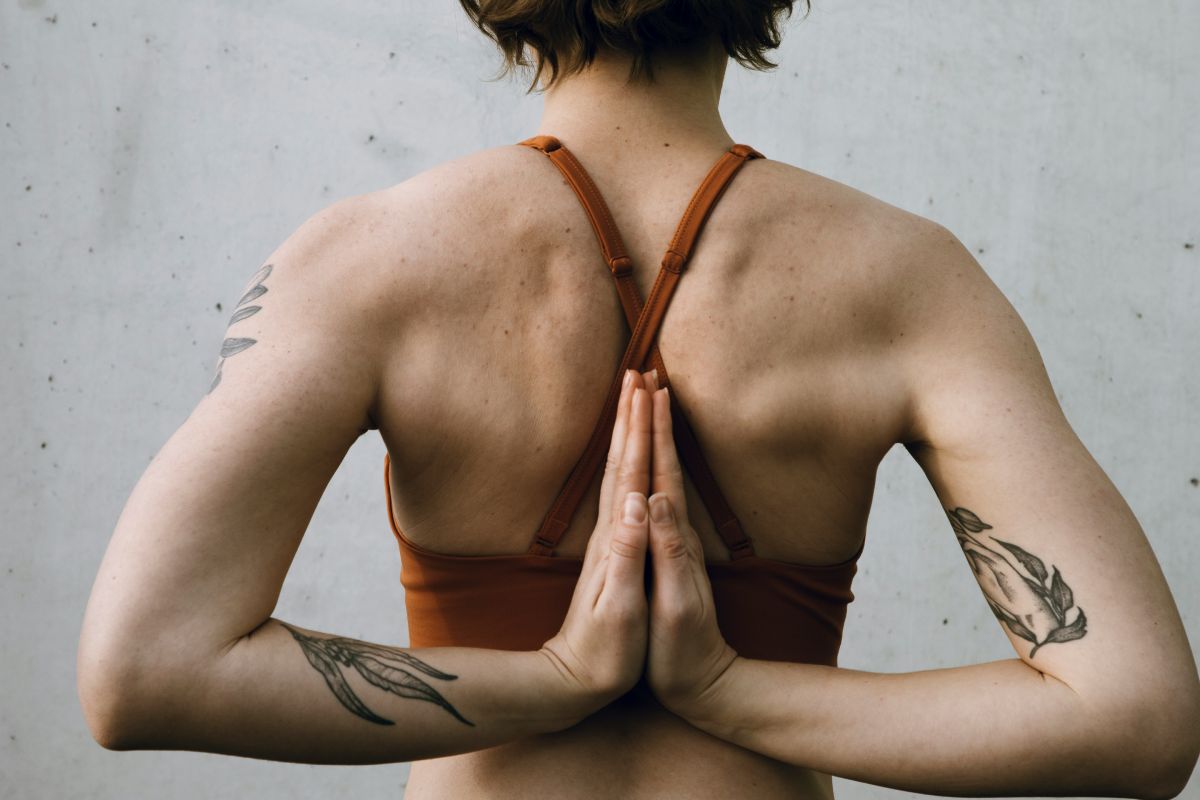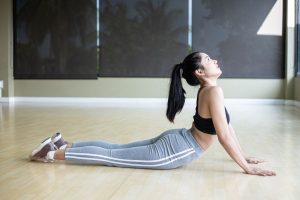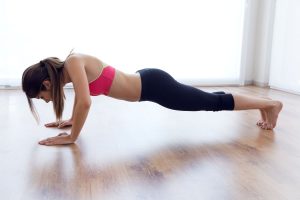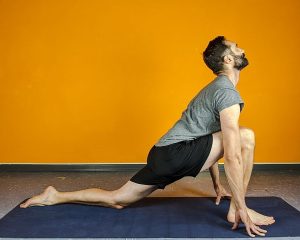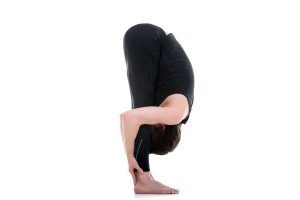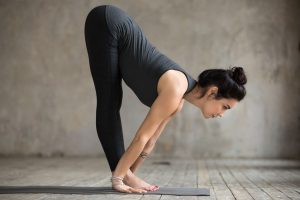A basic yoga stance called pranasana, or the prayer pose, is frequently the first pose in a variety of yoga sequences. It is an easy-to-do but effective pose that offers several physical and mental health advantages. It will be simpler for you to adopt Pranamasana into your yoga practice if we offer a beginner’s introduction to it in this blog, complete with instructions, advantages, and transitions between positions.
Steps to perform Pranamasana:
- Stand straight with your feet hip-width apart and your arms at your sides.
- Bring your palms together in front of your chest, with your fingers pointing upwards.
- Exhale and bow forward from your hips, keeping your spine straight.
- Press your palms together and hold the position for a few breaths.
- Inhale and come back to the starting position, releasing your arms by your sides.
Benefits of Pranamasana:
- Improves posture: Pranamasana helps to improve your overall posture by strengthening your back muscles and stretching your chest.
- Reduces stress: The pose is known to help reduce stress and anxiety by calming the mind and promoting relaxation.
- Enhances focus: Pranamasana can help improve your focus and concentration, making it a great pose to practice before meditation or other mindfulness practices.
- Boosts energy: The pose is also known to boost energy levels and improve circulation, making it a great pose to practice in the morning.
Follow-Up Poses:
- Tadasana (Mountain Pose): This pose can help you maintain your balance and improve your posture after Pranamasana.
- Adho Mukha Svanasana (Downward-Facing Dog): This pose can help stretch your hamstrings and lower back, providing relief after the forward bend in Pranamasana.
- Uttanasana (Standing Forward Bend): This pose can help deepen the stretch in your hamstrings and lower back, providing a deeper release after Pranamasana.
Precautions and contraindications:
- Avoid Pranamasana if you have a neck injury or high blood pressure.
- If you have a knee injury, perform the pose with your knees slightly bent to avoid strain.
- Always listen to your body and modify the pose as needed to avoid discomfort or pain.
Conclusion
A basic but effective yoga stance known as Surya namaskar, paranasana has several physical and mental health advantages. You may effortlessly enjoy the advantages of this posture by incorporating it into your yoga practice by following the instructions provided in this beginner’s guide. To guarantee a secure and productive practice, never forget to pay attention to your body and adjust the pose as necessary.

